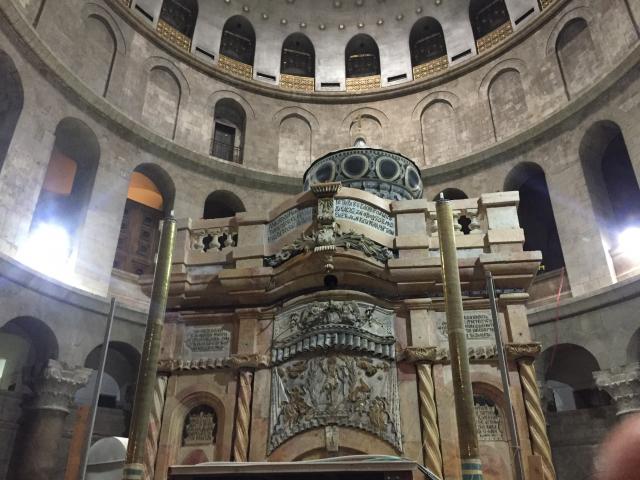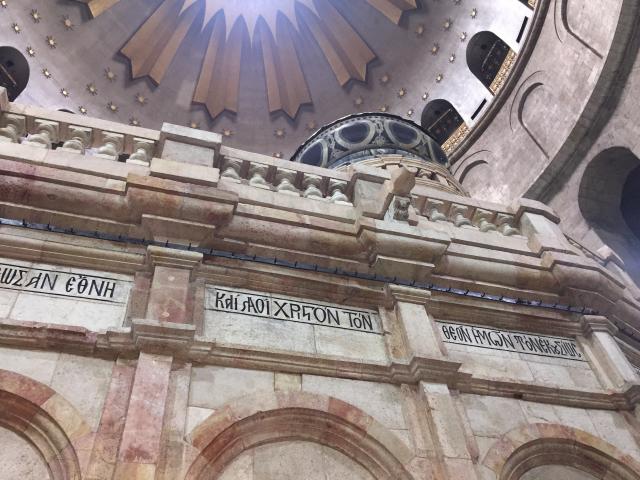Saving One of Christianity's Holiest Sites
Once on the verge of collapse, one of the holiest sites in Christianity has been restored. It's inside the Church of the Holy Sepulcher in the heart of Jerusalem's Old City where many believe Jesus Christ rose from the dead.
A building inside the church called the "aedicule" in Latin – which means "little house" - is what a team of conservators from Greece worked on for about nine months. Israeli officials determined the structure was unsafe which led to the restoration.
Go inside one of Christianity's holiest sites with CBN's Chris Mitchell. Click above.
Professor Antonia Moropoulou from the National Technical University of Athens directed the project.
She called it "An historic moment after the common agreement of the three Christian communities. It was a great challenge for us and still a great challenge. We had to structurally assure the stability of the monument." 
The last restoration took place more a hundred years ago and it wasn't until they began the work that they understood the extent of the damage.
Bonnie Burnham of the World Monuments Fund told CBN News how dangerous the condition of the building was in.
"In fact, it really was on the verge of collapse. it was only held in place by the scaffolding and the scaffolding has been there for more than 50 years."
The British erected that scaffolding in 1947. The team of Greek restorers strengthened the building and removed the scaffolding. 
Burnham praised the restoration.
"So this is a complete transformation of the monument so that now it's what it's intended to be for the people of today. The restoration work was incredibly high quality."
CBN news got a rare opportunity to film inside the aedicule.
It surrounds what many believe is the holiest site in Christianity. They believe this is the marble slab over the empty tomb where Jesus rose from the dead.

While Professor of Christian Archeology Father Eugenio Alliata believes the tomb is a special place, he says, the Person is more important than the place.
"This empty tomb is special, really something special, not because of itself but because of the faith we have in Jesus. That He died, He was buried and He was resurrected."
When many Christian pilgrims come to the church they are overwhelmed. CBN News talked with father and daughter Stanley Buress and Lisa Close from Oklahoma. Buress said, "I could not envision it being this wonderful. to actually have the feeling that Jesus was here." Close said, "It's just very moving and very special and I'm sharing it with my Dad. I can't describe it. It's just … I don't know, I'm speechless."
But the aedicule might be just the first phase in more work to be done inside the church. Moropulou's team examined the ground under the aedicule and found it so unstable it could lead to a catastrophic collapse.
They proposed a new round of work to make the church safe for years to come.




